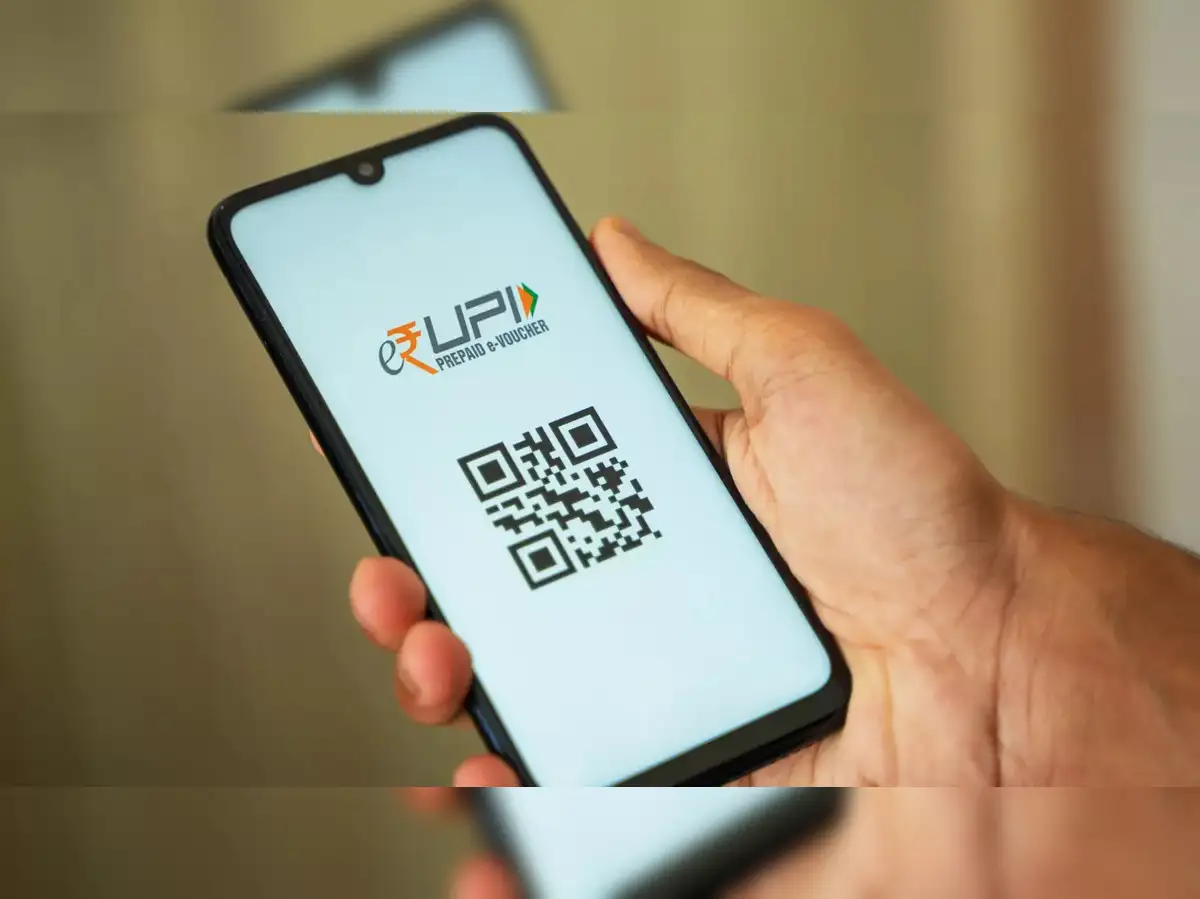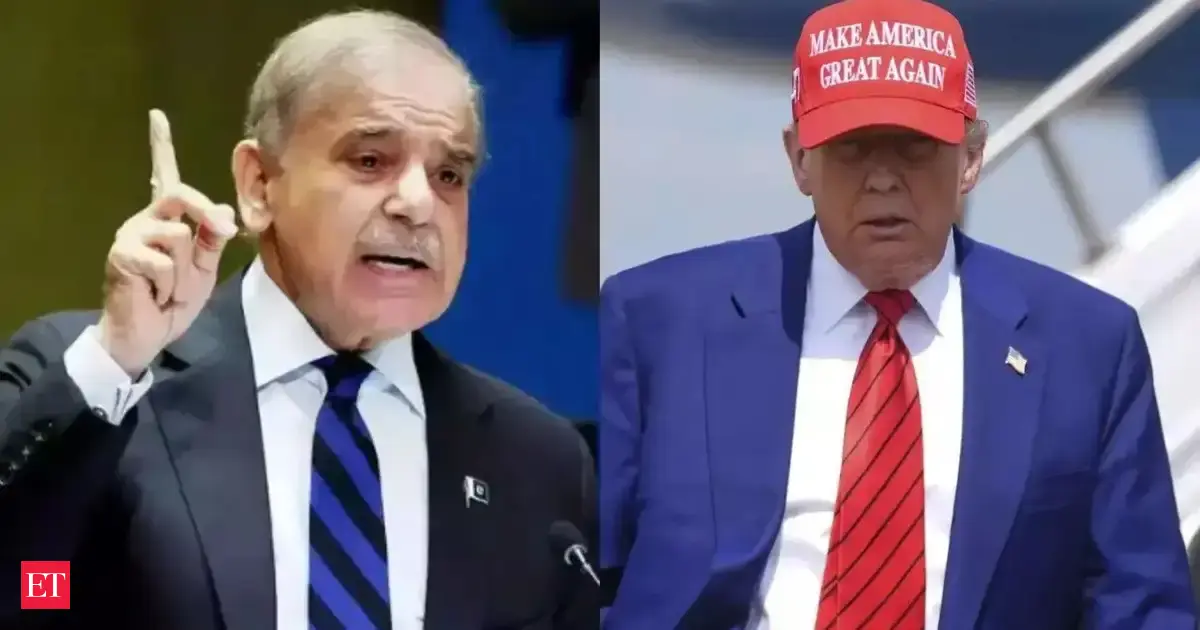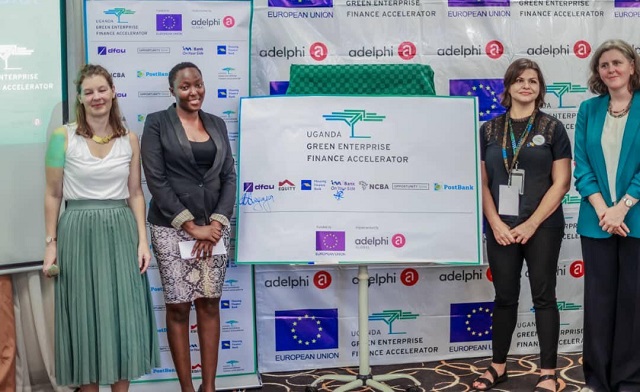By Pratik Bhakta
Copyright indiatimes

The competition for Unified Payments Interface (UPI) transactions is intensifying with smaller players such as Bhim, Navi and Super.Money increasing their share by 50-100% in the past six months.Data from the National Payments Corporation of India (NPCI) shows that Sachin Bansal-promoted Navi expanded its transaction base to about 500 million in August. Flipkart-backed Super.Money is processing around 250 million transactions per month, compared to 100 million by NPCI-run BHIM (Bharat Interface for Money).While these players are still on the fringes of the UPI payment sweepstakes, they saw a rapid growth in the past six months, with BHIM doubling its transactions between March and August.Paytm, which is owned by listed fintech entity One 97 Communications, also saw a significant increase in UPI transactions. After the company suffered a major slowdown in 2024 due to regulatory restrictions on its associate entity Paytm Payments Bank, the fintech firm managed to get back on the growth path with net profitability at the corporate level.From about 13% of the payments pie in early 2024, Paytm’s share had slipped to about 7% after the shutdown of its banking business. In the past one year, it has continued to hold on to its share.Paytm recorded 1.4 billion UPI transactions in August, up from a billion last year. While the company has cut down on its marketing expenses, through buy-now-pay-later, consumer credit and merchant payments, it is trying to claw back its market share.“All three buckets – adding more merchants, farming the current online large merchants and expansion of UPI or say merchants growing more… we continue to see that payment has four-five times growth left in this country from today,” chief executive Vijay Shekhar Sharma said during the first quarter earnings call, commenting on Paytm’s growth in terms of UPI transactions.ET on April 29 reported that most of the smaller UPI apps were doubling down on their marketing spends in a bid to grab market share.As a result, the two dominant forces on UPI Google Pay and PhonePe saw their cumulative market share reduce to 80% in August from 85% a year ago.These fintechs are still way above the threshold of 30% market cap, the mandate for which will kick in by the end of 2026.“Credit is the play that every new player is targeting. Given the clarity that has come on credit-on-UPI, these fintechs are hopeful of getting revenue generated out of UPI payments,” said a founder of a digital payments startup, who did not wish to be identified.Growth rates on PhonePe and Google Pay have gone down compared to the overall expansion of the UPI ecosystem. NPCI data shows that while UPI grew 34% year-on-year in August, PhonePe and Google Pay expanded their base by 25%.There is incremental growth coming from the new players, which means the new apps are expanding the ecosystem. Though most of the apps are acquiring new customers through cashbacks and incentives, their pitch is that with improved payment experience and additional features such as credit, customers will stick to the product.“While some of the customer acquisition has been on the back of cashbacks and so on, I don’t believe that’s the story today because beyond a point, consumers stay for the product. We focus on speed, on consumer experience, on building enough value-add, without compromising the time of the customer,” said Ravish Naresh, CEO, Navi.



